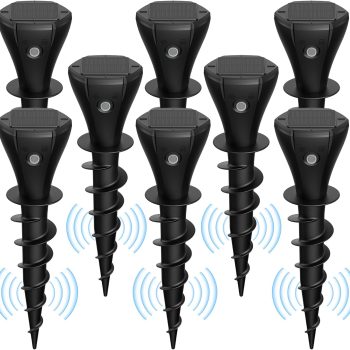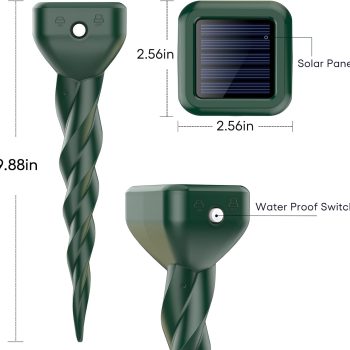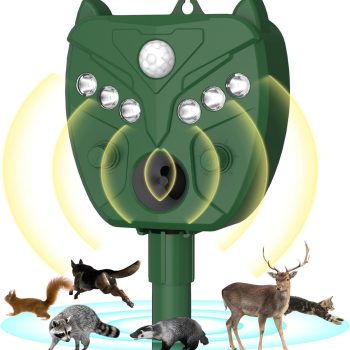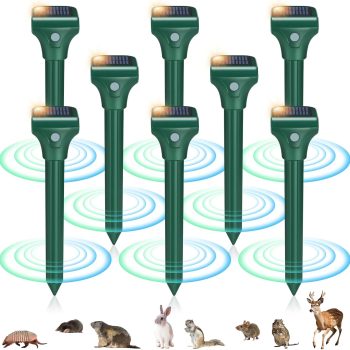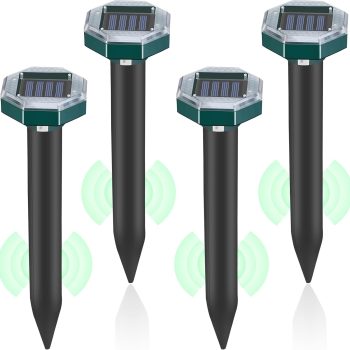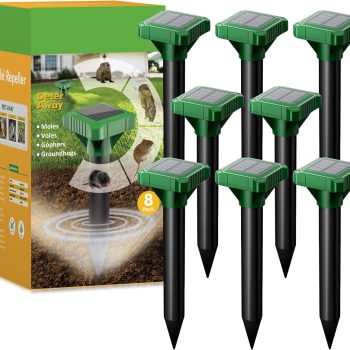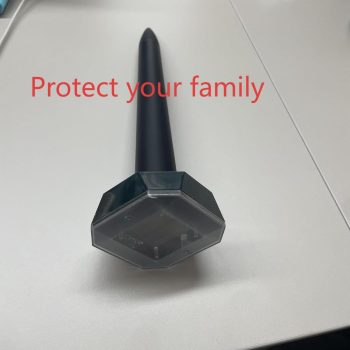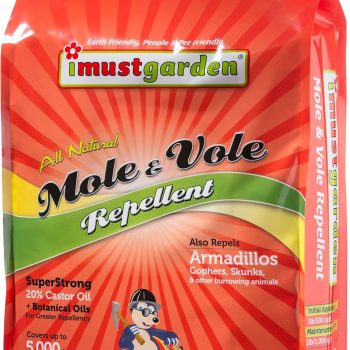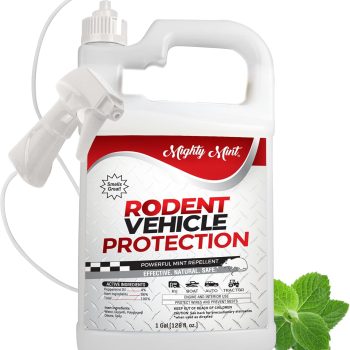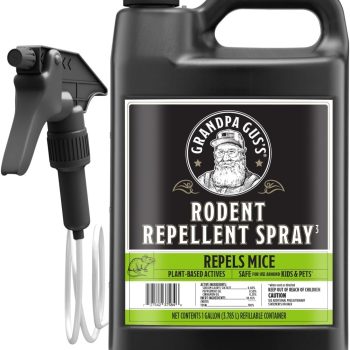How To Stop Groundhogs From Eating My Flowers
Solar Groundhog Repellent
Mole Repellent Solar Powered 8 Pack, Ultrasonic Gopher Repeller IP65 Waterproof, Repels Moles
Understanding Groundhog Behavior in Your Garden
Groundhogs, also known as woodchucks, are herbivores that love feeding on flowers and other garden plants. Their diet primarily consists of fresh vegetation, making your flowers an irresistible snack. Groundhogs are most active during the early morning and late afternoon and can cause significant damage to flower beds. Recognizing their patterns and knowing when they are most likely to invade your garden can help you take action before too much damage is done.
Building Barriers to Protect Your Flowers
The first step in stopping groundhogs from eating your flowers is to create physical barriers. Installing a sturdy fence around your flower beds is one of the most effective methods. Groundhogs are excellent diggers, so the wall extends at least 12 inches underground to prevent them from burrowing underneath. The fence should also be 3 feet high with a bent top to discourage climbing. Wire mesh or chicken wire is ideal for this purpose, as the tiny holes make it difficult for groundhogs to squeeze through.
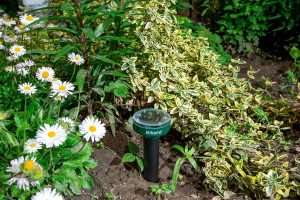
Using Natural Repellents and Scare Tactics
In addition to physical barriers, natural repellents can deter groundhogs from entering your garden. Groundhogs are sensitive to strong scents, so sprinkling garlic powder, cayenne pepper, or crushed pepper flakes around your flower beds can be highly effective. Another option is to plant herbs such as mint, lavender, and marigolds, which groundhogs tend to avoid due to their strong smells. Motion-activated sprinklers are another great option to scare groundhogs away. The sudden burst of water will surprise them and train them to avoid your garden.

